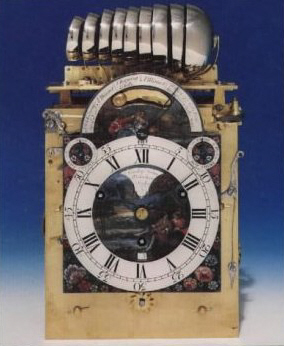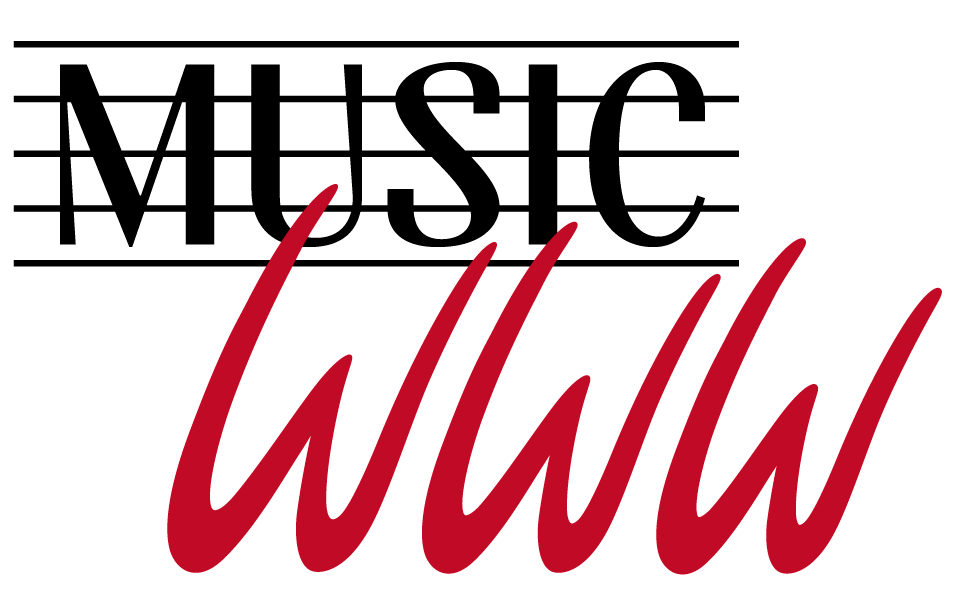
Music for Musical Clocksand other mechanical instruments |
 |
Mechanical devices for playing music have quite a long history. Composers have written music especially for instruments such as musical boxes, clockwork organs, and pianolas. In this section we include compositions by Handel, Haydn and Mozart. The Haydn pieces are lightweight, but the Mozart is a mature masterpiece.
Eight pieces for Clay's Musical Clock by G. F. Handel
Pieces for Musical Clock (1792) by J. Haydn
Pieces for Musical Clock by Mozart
Of course one disadvantage of mechanical instruments is that the performance can sound mechanical! For example the simplest machines do not provide for any variation in the volume of sound, and similarly the rhythmic pulse is often completely invariable, giving a remorseless "sewing-machine" effect. Ingenious methods evolved for overcoming these shortcomings; for example by the beginning of the 20th Century Duo-Art piano rolls were able to reproduce quite subtle variations of rhythm and volume, so that piano rolls made by pianists of the time such as Paderewski give a real impression of what their playing sounded like – certainly better than the flat, scratchy sound recordings of the time.
Computers provide really good answers to the problems of mechanical music-making. One can create and control musical sounds by writing a MIDI file, but the process is complicated and too inhibiting for most musicians to create really musical performances. A Sibelius file is much more friendly since you can write directly in familiar musical notation, and use familar expression marks to humanise the performance.